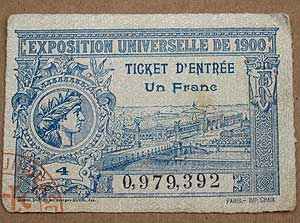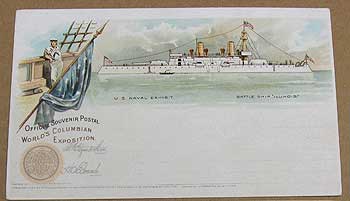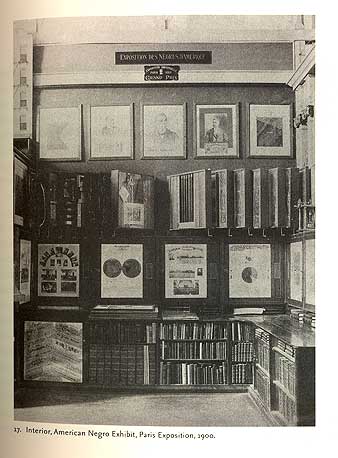The ticket stub was among a box lot of items I had bought at auction. It was for the “Exposition Universelle de 1900,” the Paris International Exposition of 1900.
Printed on the front of the stamped ticket was:
Exposition Universelle De 1900
Ticket D’entrée
Un Franc

The ticket-holder had apparently been one of the 50 million people who paid one franc to see the 76,000 exhibits at the World’s Fair and venture into what would become some of Paris’ most popular attractions, including the Musee d’Orsay. Like many of us, he or she apparently kept this entrance-ticket stub as a memento.
The 1900 World’s Fair – covering 280 acres on both sides of the Seine River – was held to celebrate the century recently departed and the one just starting. The turnout was the largest for any fair at that time, and 58 countries participated. The fair also was the site of the Second Olympics Games, which were the first to feature women competitors.
I’m sure this ticket-holder looked in awe at the first escalator and the first talking film and the first refracting telescope. But what I found fascinating, in researching the fair, was “The Exhibit of American Negroes,” which at that time had been set up in a plain white building on the banks of the river.
It was assembled by writer, activist and scholar W.E.B. DuBois and Thomas J. Calloway (described as an African American lawyer, as someone working in the War Department and as a Negro special agent) in collaboration with black colleges and universities and Daniel A.P. Murray, an assistant librarian at the Library of Congress. The federal government appropriated $15,000 for the project.
The exhibit included photographs, musical compositions, books, poetry, paintings, models, maps, patents, pamphlets and documents on the contributions of blacks to American culture up to 1900. The 500 or more photos showed blacks as both middle class and prosperous, and a mix of color tones – in direct contrast to how they were portrayed in the mainstream. Well-dressed, they posed for photos at home, in studios, churches and their own businesses.
One section was called “Negro Life in Georgia” (my home state), which had at the time the largest population of blacks in the country. The section offered photos and statistics on living in the state, where DuBois was teaching sociology at Atlanta University.
The exhibition – along with Dubois and Calloway individually – won numerous awards. It was ignored, however, by the European and U.S media, but covered by the black press.
It was, DuBois said:
“an honest straightforward exhibit of a small nation of people, picturing their life and development without apology or gloss, and above all made by themselves. In a way this marks an era in the history of the Negroes of America.”
The exhibit also included the works of Frances Benjamin Johnston, a white woman who was one of the earliest women photographers in this country. In 1899, Hampton Institute had commissioned her to take photographs of its students for the Paris exhibition.

The ticket stub was not the only auction item that led me to a world’s fair: There were two postally unused postcards for the 1893 World’s Columbian Exposition – the 1893 World’s Fair in Chicago. The postcards showed a drawing of the Battle Ship Illinois from the U.S. Naval Exhibit. The fair covered 686 acres, drew 27 million visitors and attracted 46 nations as participants.
Blacks were apparently not well-represented although many may have attended. According to my research, two factions arose when blacks were denied full participation (black exhibits had to be approved by an all-white committee): Abolitionist Frederick Douglass felt blacks should take the opportunity to show their successes. Journalist and activist Ida B. Wells felt that the fair should be boycotted.
While most exhibits at the fair presented other cultures in a positive light, awful “fake ‘African villages'” depicted black people as savages. On a day set aside for blacks, organizers insulted them by offering them watermelons. Some of the same happened in 1900 where at least one exhibit presented a diorama called “Living in Madagascar,” showing Africans in the human lineage between apes and humans.
I’m always amazed at how the smallest items in my box lots can turn up such fascinating historical events. These pieces of ephemera have been an enlightening research journey for me. As always. (Photo below, on the website of the Center for Afroamerican and African Studies at the Universty of Michigan, is from the exhibit.)


Sherry, That is fascinating, I had never heard of any of that before, I had never read about the Paris International Exposition of 1900, and I could spend weeks on those links you included. Thank you : )